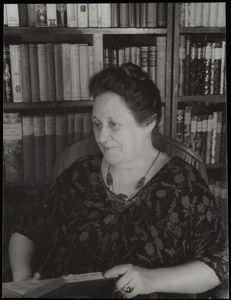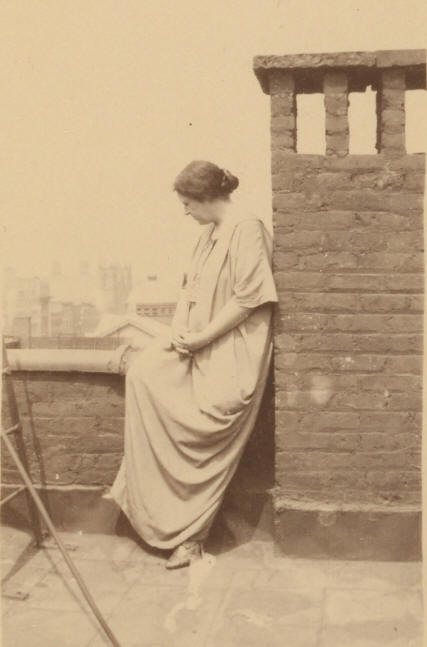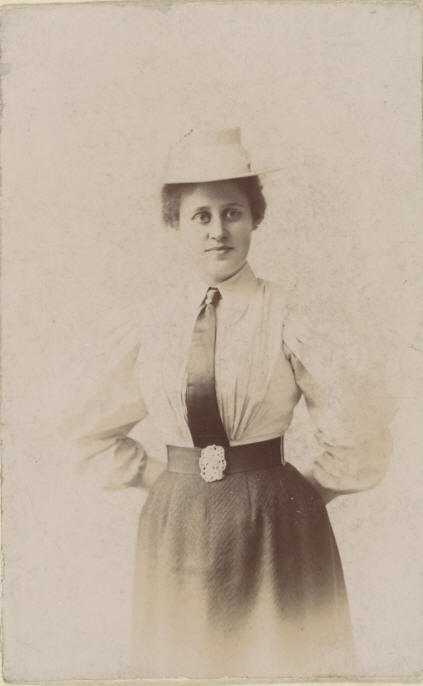

Queer Places:
240 W 15th St, New York, NY 10011
92 Charles St, New York, NY 10014
Fresh Pond Crematory and Columbarium
Middle Village, Queens County, New York, USA
 Edna
Kenton (March 17, 1876 – February 28, 1954) was an American writer and
literary critic. Kenton is best remembered for her 1928 work The Book of
Earths, which collected various unusual and controversial theories about a
hollow earth, Atlantis,
and similar matters. She was a member of the
Heterodoxy Club.
Edna
Kenton (March 17, 1876 – February 28, 1954) was an American writer and
literary critic. Kenton is best remembered for her 1928 work The Book of
Earths, which collected various unusual and controversial theories about a
hollow earth, Atlantis,
and similar matters. She was a member of the
Heterodoxy Club.
Edna Baldwin Kenton[1] was born in Springfield, Missouri in 1876. Her father, James Edgar Kenton, was a bookkeeper. She attended Drury College,[2] as did her brother Maurice and her sister Mabel,[3] and graduated from the University of Michigan in 1897.[4] She worked in Chicago as a young woman, where she knew Theodore Dreiser.[5]
Kenton's first novel, What Manner of Man (1903), was published while she was still in her twenties.[6] A second, Clem, followed in 1907.[7] Later she concentrated on essays and short stories, as a contributor to Harper's Magazine,[8] Century Magazine,[9] Virginia Quarterly Review,[10] and other periodicals. She also served on the advisory board of The Seven Arts, a short-lived but influential literary magazine.[11] Kenton wrote some important criticism of Henry James, especially her essay "Henry James to the Ruminant Reader" (1924), which introduced a novel reading of The Turn of the Screw.[12][13] Her last publication was an edited collection of Henry James stories.[14] She is credited with writing the screenplay for the silent film Bondage (1917), directed by Ida May Park and starring Dorothy Phillips.


Kenton was an active suffragist[15] and a charter member of Heterodoxy, a feminist debating club based in Greenwich Village.[16] She served on the executive board of the Provincetown Players, led by fellow Heterodites Eleanor Fitzgerald and Susan Glaspell, and wrote a history of the company, published many years later.[17][18] She also wrote a biography of her ancestor Simon Kenton,[19] and several books based on the letters of Jesuit missionaries in North America.[20][21] But it was The Book of Earths (1928), her collection of esoteric theories about a hollow earth, Atlantis, ancient maps, and similar topics, that found the most enthusiastic and lasting readership, and continues in print.[22]
Edna Kenton died in 1954, age 77; author Leon Edel eulogized her in the New York Times.[23] A small collection of her papers is at Columbia University.[24]
My published books: